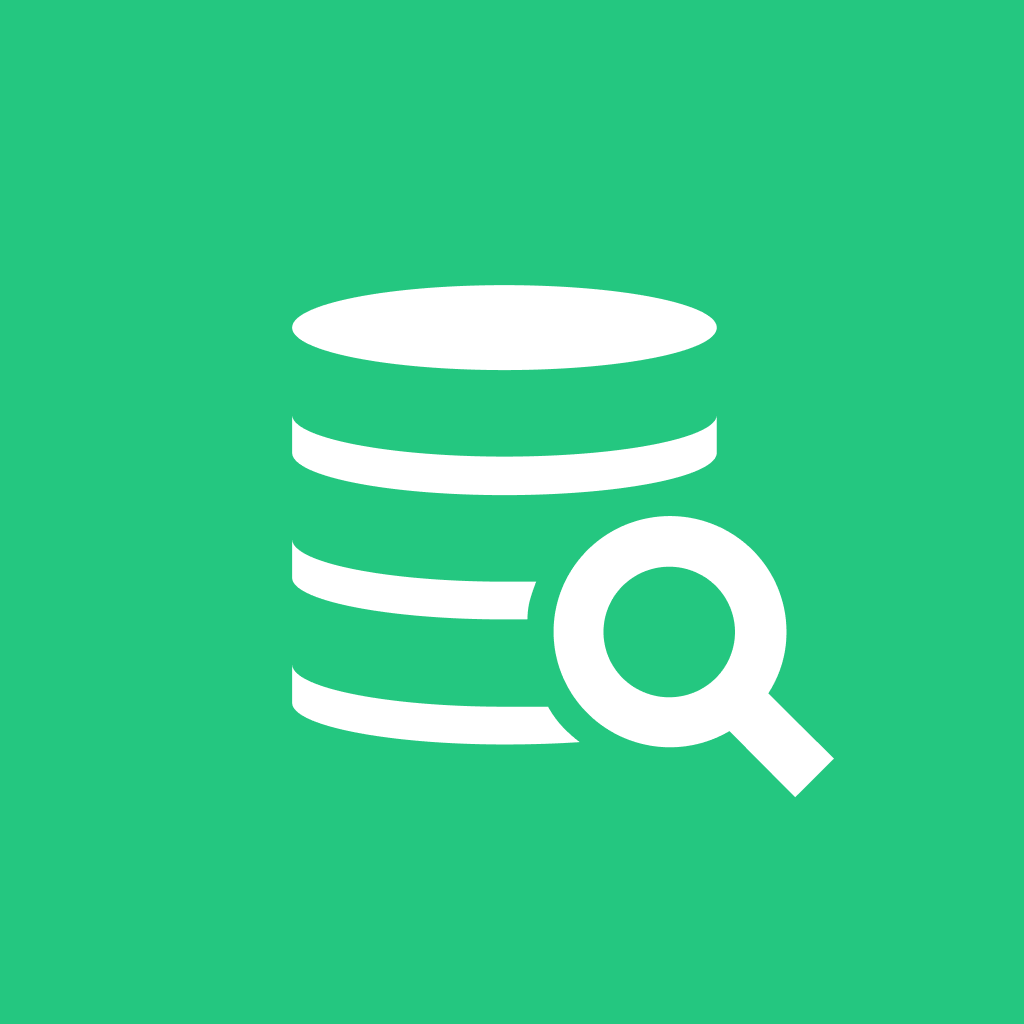Calculate Date Differences Across Databases
 DbVisualizer
DbVisualizer
The DATEDIFF function helps SQL users compute the difference between two dates. While widely supported, its syntax and behavior vary across databases.
This article provides a quick look at how DATEDIFF works and highlights database-specific differences.
DATEDIFF usage
To find the difference between two dates, the function follows this pattern:
SELECT DATEDIFF(year, '2023-01-01', '2024-01-01');
This query returns 1.
However, not all databases support this syntax. Some return only the difference in days, while others require specifying a date unit.
Databases that support DATEDIFF
SQL Server allows choosing
datepart(years, months, days).MySQL & MariaDB returns only days.
Snowflake & Redshift require specifying the date unit.
Databases without DATEDIFF
For databases without a direct DATEDIFF function, alternatives exist:
PostgreSQL uses
AGE()instead ofDATEDIFF.Oracle uses
MONTHS_BETWEEN()to find monthly differences.SQLite uses
strftime()to extract date parts.
FAQ
What does DATEDIFF do?
It calculates the difference between two date values.
Does every SQL database support DATEDIFF?
No, some databases like PostgreSQL and Oracle require workarounds.
Can I use DATEDIFF for time values?
Yes, some databases allow using hours, minutes, or seconds.
Does DATEDIFF consider leap years?
Yes, in most databases, the function accounts for leap years.
Conclusion
Knowing how DATEDIFF functions across SQL databases ensures accurate date calculations. Explore the full guide Understanding the DATEDIFF SQL Function: A Comprehensive Guide for more details.
Subscribe to my newsletter
Read articles from DbVisualizer directly inside your inbox. Subscribe to the newsletter, and don't miss out.
Written by

DbVisualizer
DbVisualizer
DbVisualizer is the database client with the highest user satisfaction. It is used for development, analytics, maintenance, and more, by database professionals all over the world. It connects to all popular databases and runs on Win, macOS & Linux.